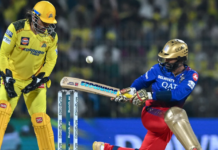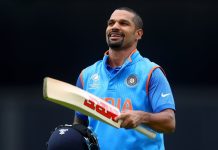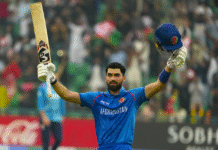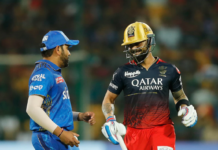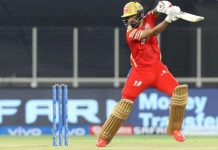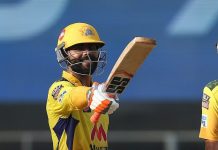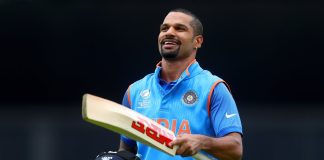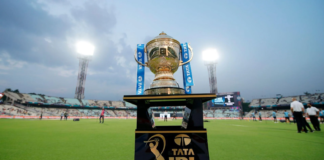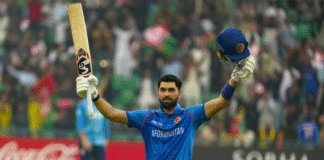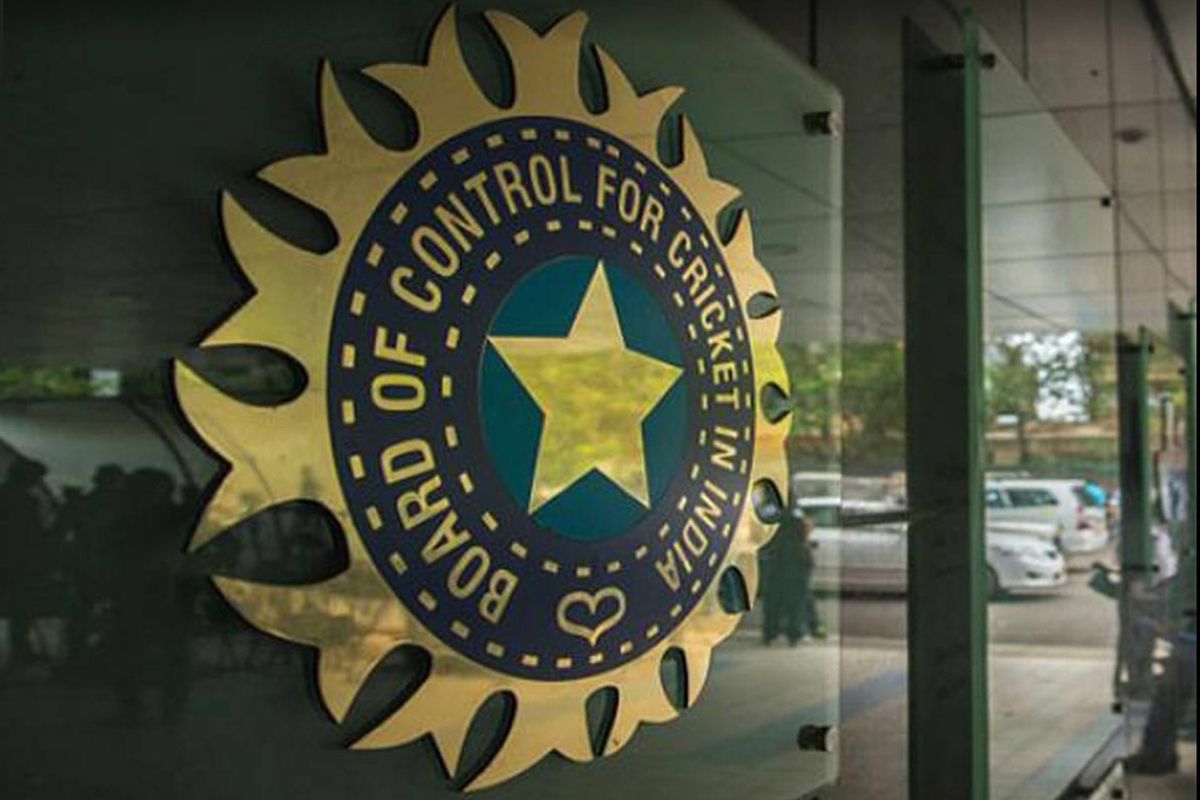
Cricket is considered one of the main games in India where you can probably see many kids playing in streets or playgrounds. Be it boys or girls, men or women, or the aged people, cricket is loved by everyone. Moreover, in a country like India, everyone wants to don the blue jersey. However, the road is not at all easy to reach the highest level of the game.
Several quality players don’t get a chance to be on the national team but that certainly doesn’t mean they are not capable enough. It’s the tough competition and talented pool of players that make things tough. While taking it as a career, one has to think about its earnings – be it domestic level or international, although cricketers earn a lot in the country.
Recently, the Board of Control for Cricket in India (BCCI) has taken care of its domestic cricketers financially as well. BCCI is one of the richest cricket boards in the world. With BCCI paying high salaries to the Indian players who represent the Indian team on the international level, BCCI has also started taking care of the salary of domestic Indian cricketers.
The initiatives were taken to promote cricket so that one could play it professionally. A domestic season in India features the Ranji Trophy (Four Day), the Vijay Hazare Trophy (One Day), and the Syed Mushtaq Ali Trophy (T-20). Players are given the salary as per these tournaments.
Let’s have a look at the salary of Indian domestic cricketers:
Salary of Ranji Trophy players
Ranji Trophy is the highest form of domestic cricket in India where the players earn a huge amount by playing this tournament. The Ranji Trophy takes place for nearly two months. Every team plays a minimum of 7 and a maximum of 10 matches in this four-day tournament.
Here is the latest salary structure for Ranji Trophy Player
- Players with 41 or more matches: ₹60,000 per match; ₹30,000 per match for reserve
- Players with 21 to 40 matches: ₹50,000 per match; ₹25,000 per match for reserve
- Players with 0 to 20 matches: ₹40,000 per match; ₹20,000 per match for reserves
Salary of Vijay Hazare Trophy players
The Vijay Hazare Trophy is a 50-over tournament where teams compete in league matches before advancing to the knockout stage. The salary structure for players in this tournament is similar to that of the Ranji Trophy, but payments are made on a per-match basis for one-day games.
Here is the latest salary structure for Vijay Hazare Trophy Player
- Players with 41 or more matches: ₹60,000 per match; ₹30,000 per match for reserves
- Players with 21 to 40 matches: ₹50,000 per match; ₹25,000 per match for reserves
- Players with 0 to 20 matches: ₹40,000 per match; ₹20,000 per match for reserves.
-
Salary of Syed Mushtaq Ali Trophy players
The Syed Mushtaq Ali Trophy is India’s premier domestic T20 tournament. In the league stage, each team plays six or seven matches, depending on their group size. The top teams then advance to the Super Stage, where they compete in four additional matches before the knockout rounds.
Here is the latest salary structure for Syed Mushtaq Ali Trophy Player
- Playing XI players receive ₹17,500 per match
- Reserve players (non-playing XI) earn ₹8,750 per match.
This payment structure ensures that all squad members are compensated, regardless of whether they feature in the playing XI.
Also Read: Top 5 Nail bitting ODI thriller matches of India vs Pakistan
Follow us on Instagram
Last Updated on January 30, 2025




